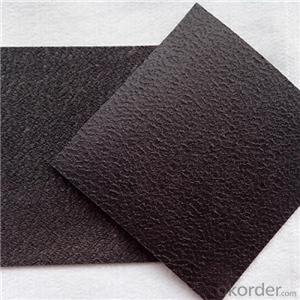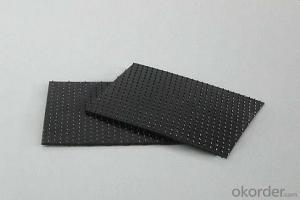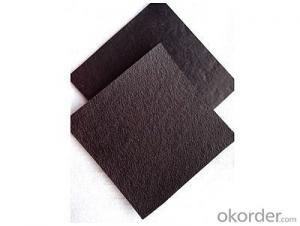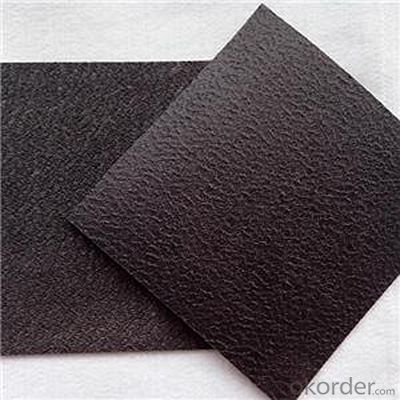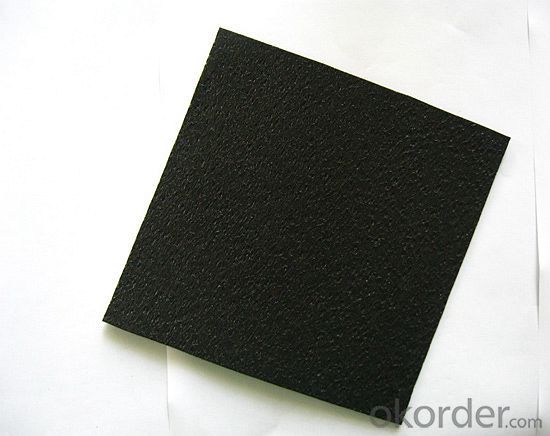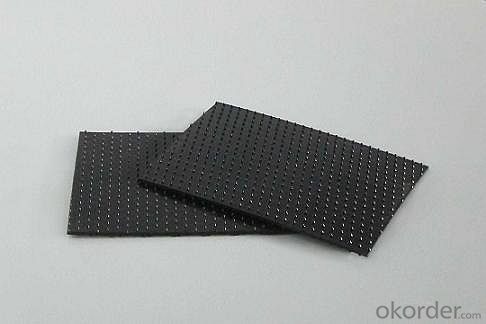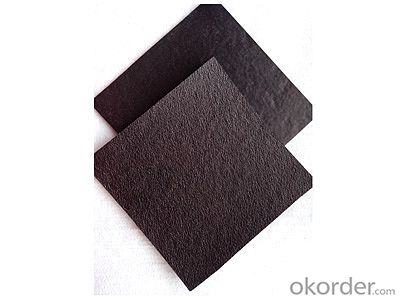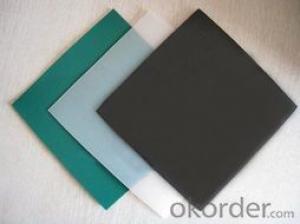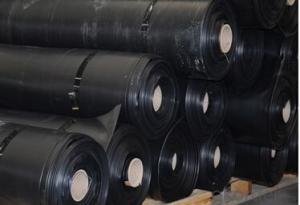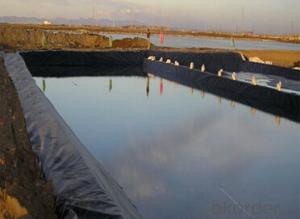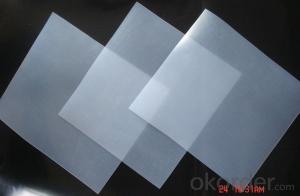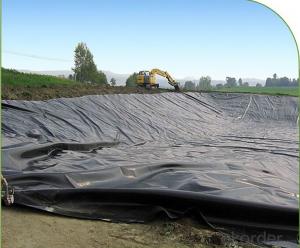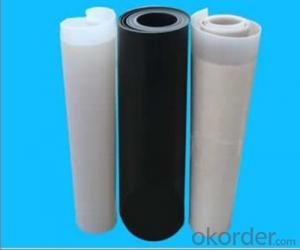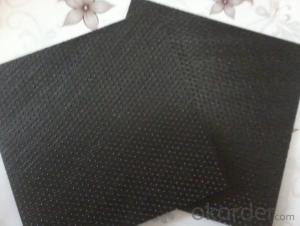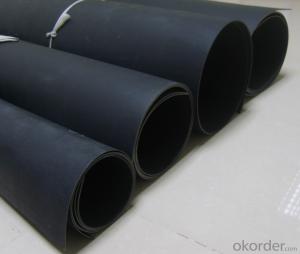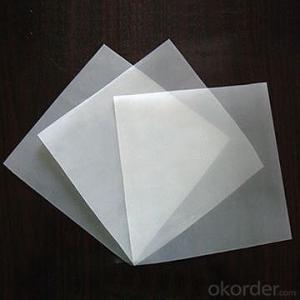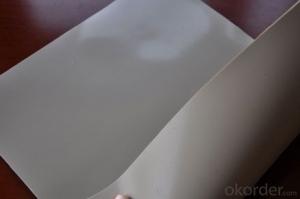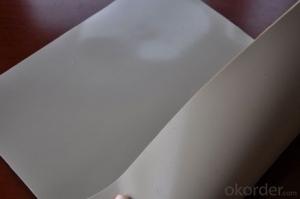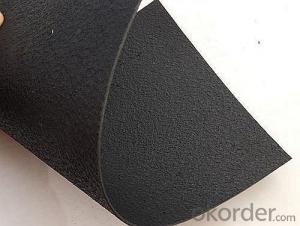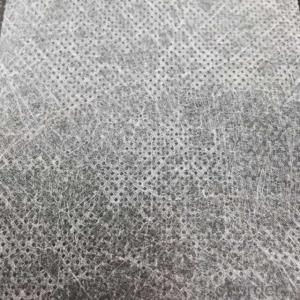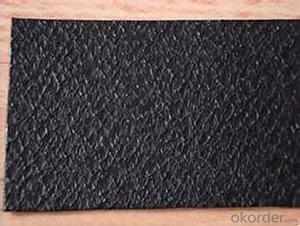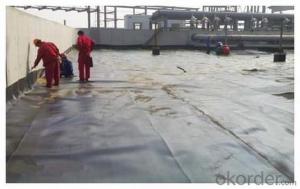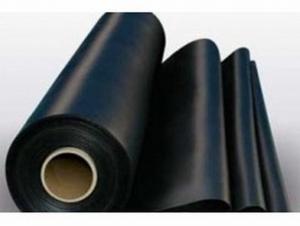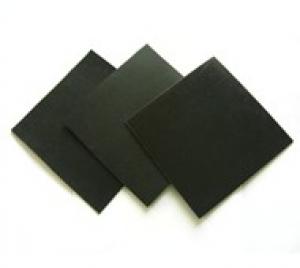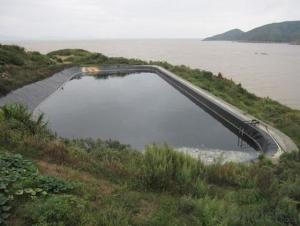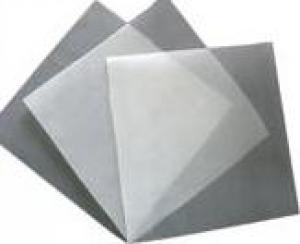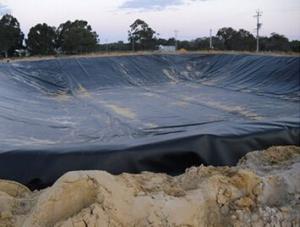Atarfil Geomembrane Polypropylene Waterproof Roll Cmax
- Loading Port:
- China main port
- Payment Terms:
- TT OR LC
- Min Order Qty:
- 1000 m²
- Supply Capability:
- 1000000 m²/month
OKorder Service Pledge
OKorder Financial Service
You Might Also Like
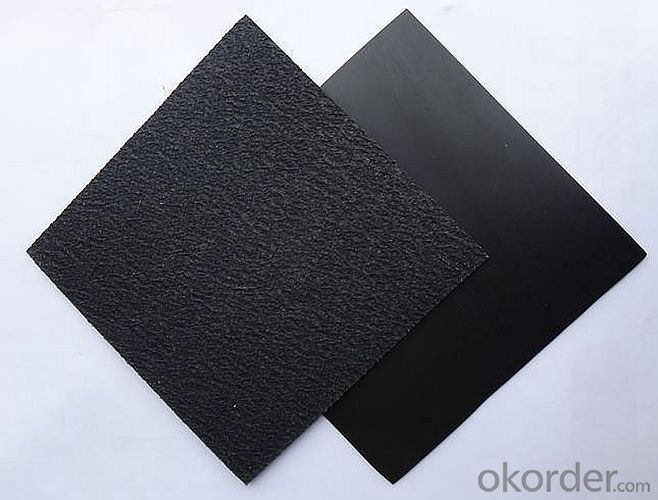
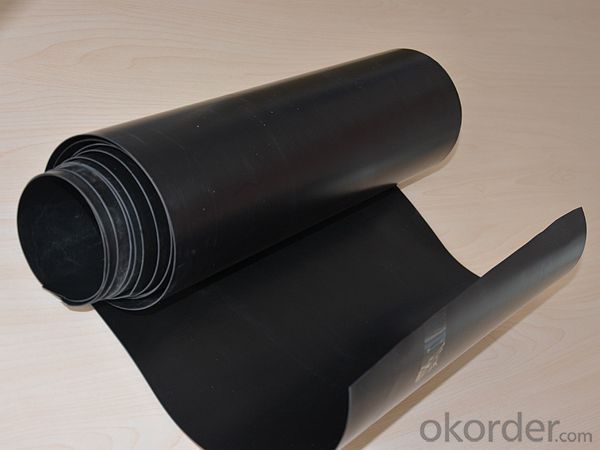
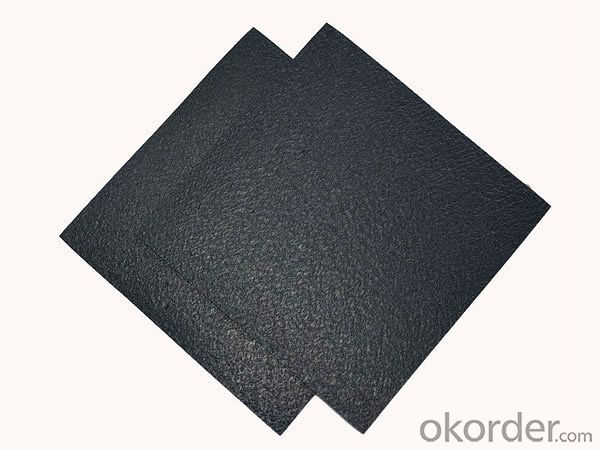
LDPE Geomembrane
Thickness: 0.1mm to 3.0mm
Roll Size: 4m-9m in width
roll length as design or client’s request
Impermeable Geomembrane HDPE for Shrimp Pond is mainly made of virgin HDPE with blow molding technique. Its main function is to prevent the liquid leakage and gas volatilization.
Our Service
1.On a regular basis or as per your request,we entrust national testing agencies to conduct quality inspections
2. Strictly in accordance with the ISO9001-2008 international quality system standard,we monitor and manage the whole process throughout production,quality testing,and measurement to ensure product quality
3. For quality-related construction delay or substandard construction(except for damage or losses due to customer’s responsibility or irresistible natural disasters),we have refunding,replacement,and repair services.We will respond to customers’ feedbacks on quality issues within 24 hours.
FAQ:
Q: What kind of payments does jenor support?
A: T/T, L/C, Cash are accepted.
Q: Do you charge for the samples?
A: Accordeing to our company policy, the samples are free, we only charge the freight fee. And we will return the freight fee during the next order.
Q: Can you produce according to customers' design?
A: Sure, we are professional manufacturer, OEM and ODM are both welcome.
Q: Do you have other products?
A: Yes, please check the pictures:
- Q: Are geomembranes resistant to biological degradation?
- Yes, geomembranes are generally resistant to biological degradation. They are specifically designed to be impermeable to prevent the penetration of microorganisms, fungi, and bacteria. This resistance to biological degradation helps ensure their long-term durability and effectiveness in various applications such as landfill liners, containment ponds, and agricultural water storage.
- Q: What national standard does geomembrane material conform to? ?
- T17643-2008 implementation, implement according to design requirements if the design party has specific requirements; if not, implement according to the requirements about geomembrane in national standard GB/as mentioned above
- Q: How do geomembranes prevent water ingress in tunnels?
- Geomembranes prevent water ingress in tunnels by serving as a waterproof barrier. These synthetic liners, made from materials like HDPE or PVC, are installed along the tunnel walls and floor, effectively sealing off the tunnel from any groundwater or surface water. This prevents water from seeping into the tunnel, protecting the structural integrity of the tunnel and its surrounding environment.
- Q: how to construct the green revetment black geomembrane
- first dig the slope which need to be constructed well and cleaned well, laying geomembrane, on the geomembrane installed Renault pad mounted stone, and complete the construction by sealing.
- Q: What is the role of geomembranes in water conservation projects?
- Geomembranes play a crucial role in water conservation projects by acting as a barrier to prevent water seepage and loss. They are used in various applications such as lining reservoirs, ponds, and canals to create impermeable barriers, effectively reducing water evaporation and seepage. Additionally, geomembranes help in controlling water quality by preventing contamination and facilitating efficient water storage, thus promoting sustainability in water conservation efforts.
- Q: How are geomembranes tested for quality?
- Geomembranes are tested for quality through a series of rigorous tests and inspections. These tests usually include tests for physical properties like thickness, tensile strength, tear resistance, and puncture resistance. Additionally, they are subjected to chemical resistance tests to ensure their durability and resistance to various substances. Furthermore, geomembranes are examined for seam strength, weld integrity, and dimensional stability. These comprehensive quality tests help ensure that geomembranes meet the required standards and are fit for their intended applications.
- Q: Are geomembranes compatible with other materials used in construction?
- Yes, geomembranes are generally compatible with other materials used in construction. They can be easily integrated with various materials such as concrete, soil, and plastic pipes. This compatibility allows for the effective containment and protection of structures and the environment.
- Q: How do geomembranes contribute to erosion control in dam and reservoir construction?
- Geomembranes contribute to erosion control in dam and reservoir construction by acting as a barrier between the water and the soil. They prevent water from seeping through the soil and causing erosion, thereby ensuring the stability and integrity of the dam or reservoir structure. Additionally, geomembranes can also be used to line channels and slopes, further reducing erosion potential by providing a protective layer against water flow and saturation.
- Q: Can geomembranes be used for canal lining?
- Yes, geomembranes can be used for canal lining. Geomembranes are impermeable materials designed to prevent water leakage, making them suitable for lining canals and ensuring efficient water management and conservation.
- Q: How are geomembranes tested for tear resistance?
- Geomembranes are typically tested for tear resistance using a standardized test method called the Elmendorf Tear Test. This test involves cutting a specific shape in the geomembrane sample and subjecting it to a controlled force, measuring the force required to propagate the tear. The tear resistance of the geomembrane is determined by the amount of force required to tear through the material.
Send your message to us
Atarfil Geomembrane Polypropylene Waterproof Roll Cmax
- Loading Port:
- China main port
- Payment Terms:
- TT OR LC
- Min Order Qty:
- 1000 m²
- Supply Capability:
- 1000000 m²/month
OKorder Service Pledge
OKorder Financial Service
Similar products
Hot products
Hot Searches
Related keywords
